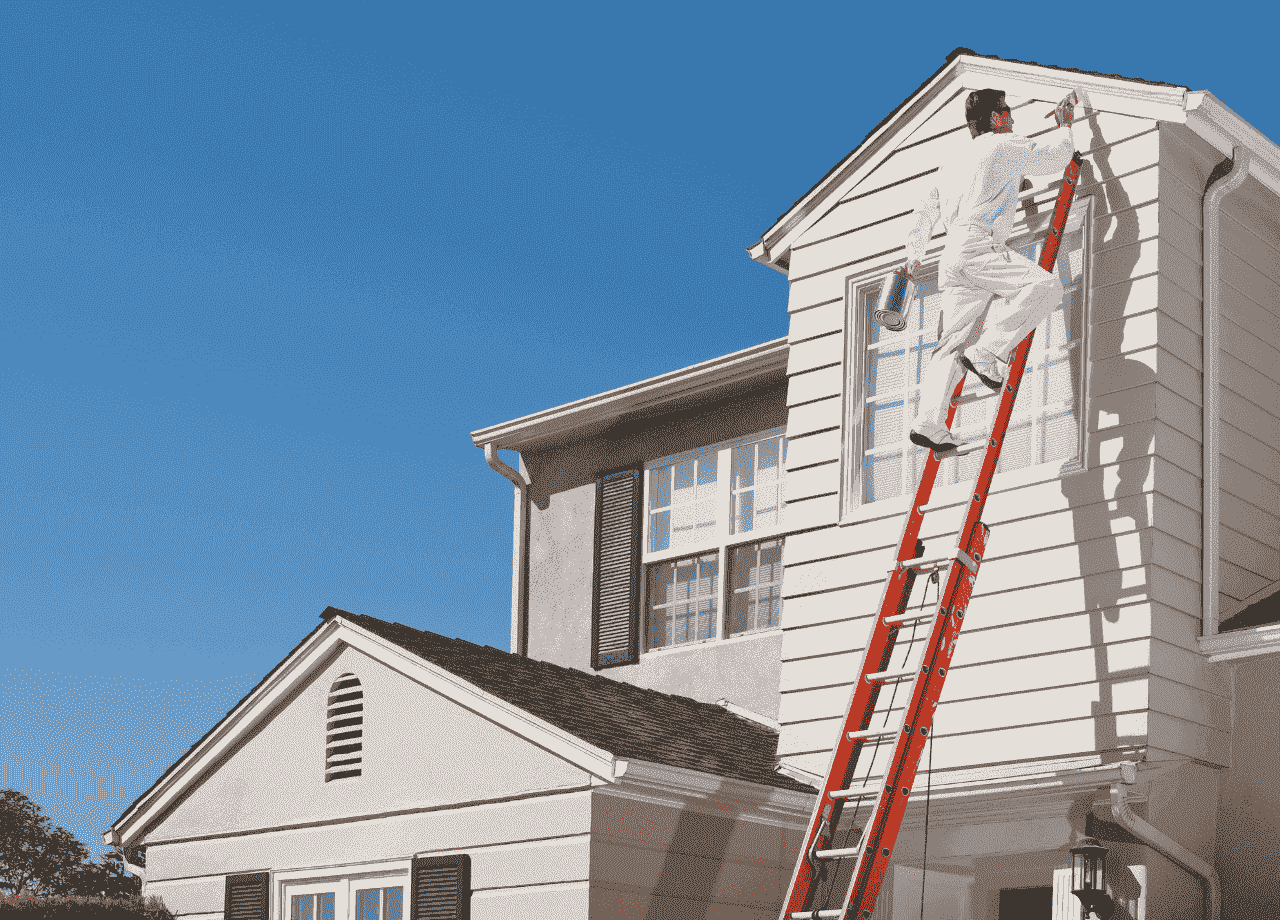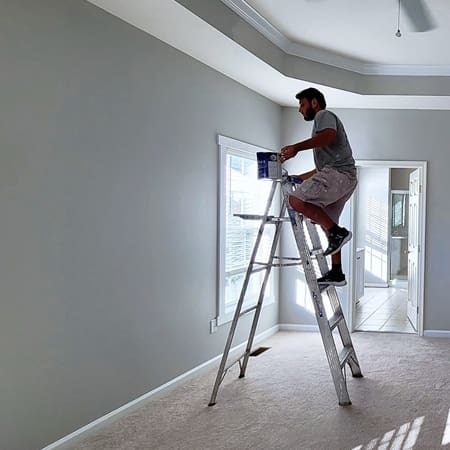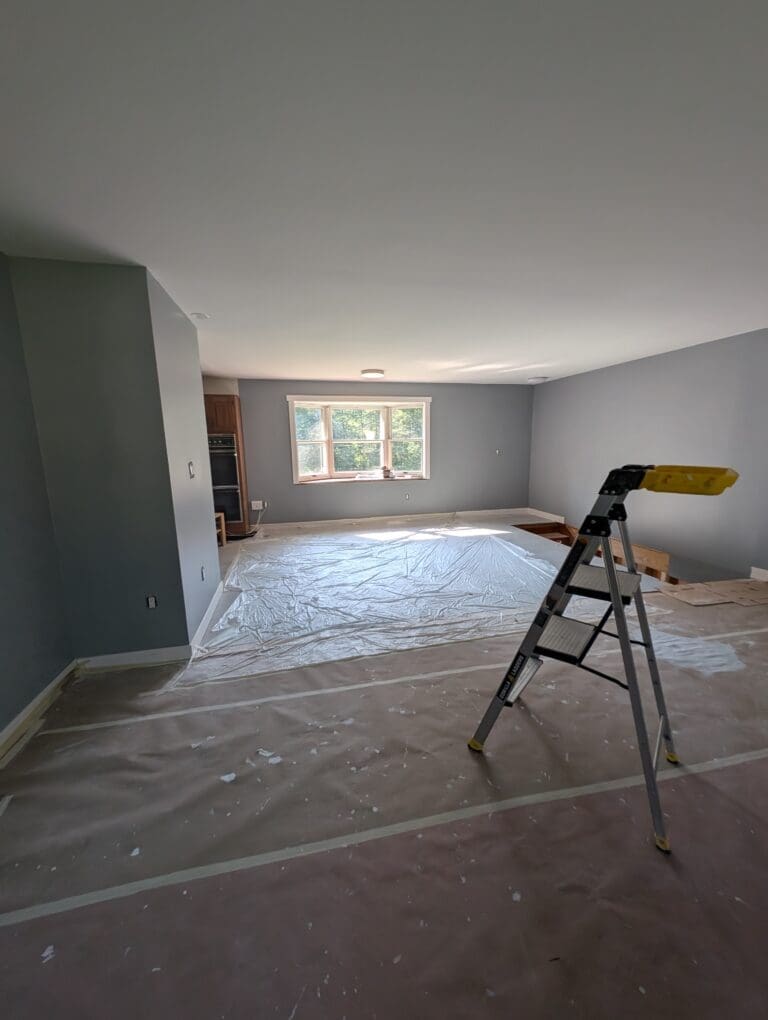House Painting Quotes: What to Look for in a Reliable Estimate
Hiring a professional painter is an investment in your home’s appearance, protection, and value. Whether you’re repainting your interior, refreshing the exterior, or both, a well-prepared quote helps ensure you get the right service at the right price. Not all painting estimates are created equal, and overlooking key details can lead to unexpected costs or subpar work.
This guide breaks down how to prepare reliable house painting quotes, helping you make an informed decision before signing a contract.
Table of Contents
Clear Breakdown of Costs
A professional estimate should provide a detailed cost breakdown rather than just a lump sum. This transparency helps you compare quotes accurately and understand what you’re paying for. The estimate should include labor costs, which cover the price of skilled painters working on your project. It should reflect the complexity of the job, the number of painters needed, and the estimated hours. Material costs should list paints, primers, and other supplies, including the brand, type, and quality. Higher-quality materials last longer and provide better coverage.
Preparation costs should account for tasks like sanding, caulking, patching drywall, or pressure washing for exterior jobs. Additional charges may apply for moving furniture, working on high ceilings, or addressing damaged surfaces beyond normal prep work. If an estimate lacks this level of detail, it might be a red flag that the contractor isn’t being upfront about costs.
Scope of Work
A reliable estimate should clearly define what’s included in the job. This prevents misunderstandings and ensures you know exactly what to expect. The scope of work should specify the areas to be painted, including specific rooms, ceilings, trim, doors, and exterior surfaces. Surface preparation details should outline how the painter will prepare walls, including repairs, sanding, and priming.
The estimate should also clarify the number of coats to be applied. Professional painters typically apply two coats for a durable, even finish. If a quote only includes one, coverage may be insufficient. Additionally, the paint type and finish—such as matte, eggshell, or semi-gloss—should be specified to ensure quality meets your expectations. A vague scope of work can lead to disputes later if the contractor claims certain tasks weren’t included.
Quality of Materials and Paint
Not all paint is the same, and the quality of materials impacts durability, appearance, and long-term value. A reputable painter will use premium brands such as Sherwin-Williams, Benjamin Moore, or Behr. The estimate should specify the paint brand and line since high-quality paints resist fading, stains, and moisture better than cheaper alternatives. Primer use should also be indicated, as some surfaces require a separate primer for better adhesion and longevity.
Finish durability matters too. Higher gloss finishes are easier to clean, while matte finishes hide imperfections. If a quote offers significantly lower pricing than others, it may be due to lower-grade materials that won’t last.
Timeframe and Project Schedule
A professional estimate should outline a realistic timeline, so you know how long the job will take. This should include start and completion dates, providing a clear schedule to ensure the job is completed on time. Work hours should also be specified, so you know when the crew will be on-site. This helps with planning and avoids disruptions.
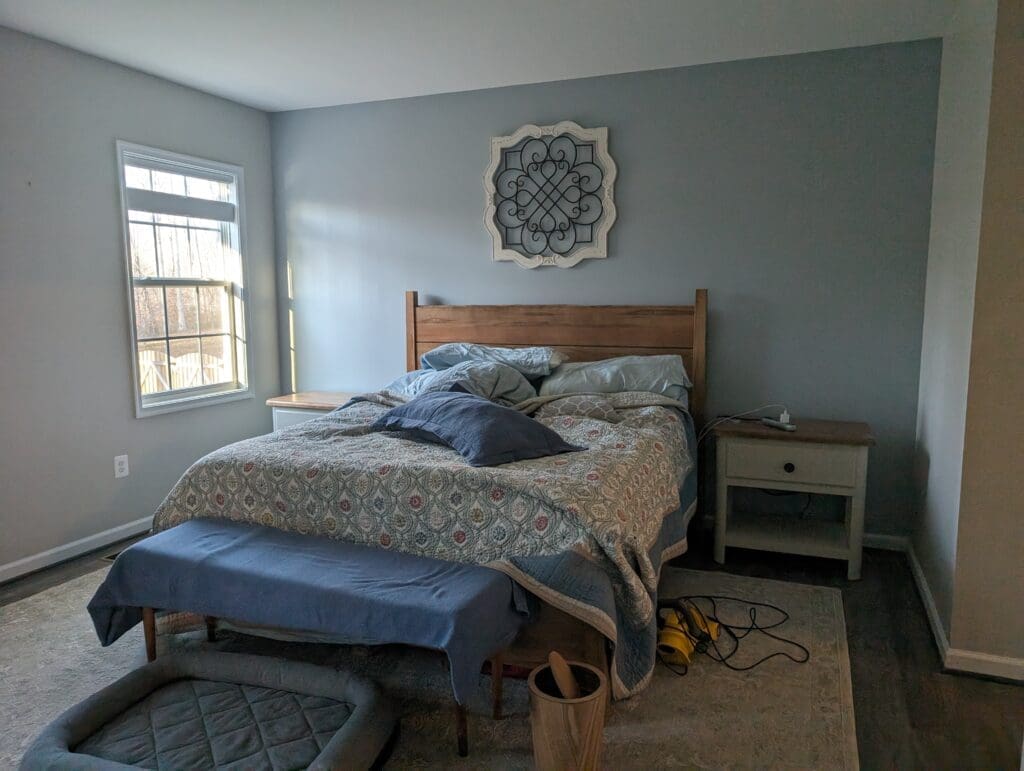
Drying and curing times are important as well. Some paints need longer drying times between coats, especially for humid environments or exterior projects. Vague timelines can lead to extended delays and inconvenience, so a well-defined schedule is crucial.
Insurance, Licensing, and Warranties
Hiring an insured and licensed painter protects you from liability and ensures professionalism. A reputable contractor should provide proof of insurance, including liability insurance to cover damage to your home and workers’ compensation to protect employees. A business license verifies that the painter meets local regulations.
Warranty details are also essential. Many professional painters offer warranties on their work, typically covering issues like peeling or bubbling for a set period. If an estimate lacks proof of these, it’s best to move on. Unlicensed or uninsured painters may offer lower prices, but they come with risks that could cost you more in the long run.
Payment Structure and Terms
A reliable estimate should explain payment terms upfront. Most reputable painters follow a standard structure that includes a reasonable deposit, often 10-30%, to secure your spot on the schedule and cover initial materials. For larger projects, painters may require progress payments based on milestones. The final payment should only be due once the job is completed to your satisfaction.
Be cautious of contractors demanding full payment upfront, as this can be a sign of an unreliable business. A clear payment structure protects you from unexpected costs and ensures that you only pay for work that meets your expectations.
References and Portfolio of Work
Experienced painters should provide references or showcase past projects. A good estimate might include customer testimonials, offering feedback from previous clients that help verify reliability. Photos of past work demonstrate skill and consistency, allowing you to assess the quality of the painter’s work. Checking online reviews on third-party sites like Google, Yelp, or Angie’s List can also reveal real customer experiences.
If a contractor hesitates to provide references, it may indicate a lack of experience or a history of poor work. A strong portfolio and positive references help build confidence in your choice.
Cleanup and Disposal
Painting projects can be messy, so a professional estimate should outline the cleanup process. This includes protecting floors and furniture with drop cloths, plastic sheeting, and painter’s tape. Daily cleanup ensures that the crew tidies up each day rather than leaving tools and materials out. Proper waste disposal of paint cans, brushes, and debris should also be specified.
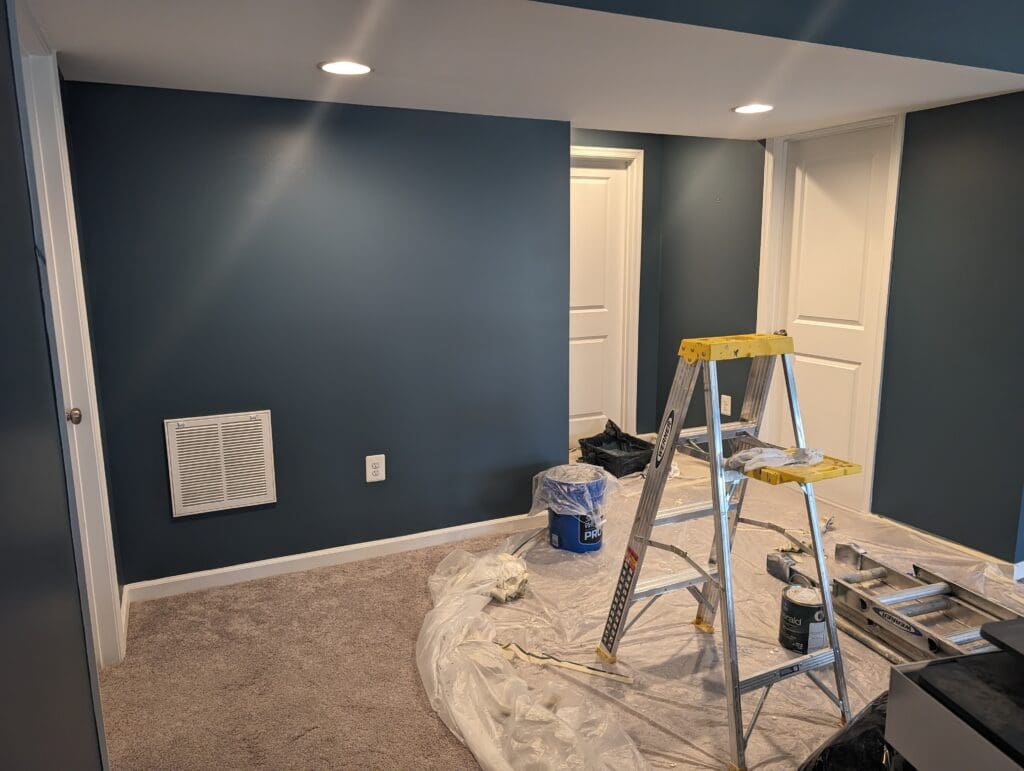
A contractor who doesn’t include cleanup details may leave you with a mess to deal with, so it’s important to confirm this aspect of the job.
Red Flags to Watch Out For
Some painting estimates might look appealing at first glance but contain hidden risks. Be cautious if you notice unusually low prices, as a quote significantly lower than others could mean cut corners, poor materials, or hidden fees. No written agreement is another red flag, as verbal quotes can lead to disputes later. Always get everything in writing.
Lack of communication during the estimating process can signal unreliability. Contractors who are slow to respond may be difficult to deal with once the job begins. Cash-only deals are also concerning, as legitimate businesses accept multiple forms of payment and provide receipts.
Making the Right Choice
A well-structured painting estimate protects your investment and ensures a smooth, stress-free experience. When comparing quotes, look beyond just the price—consider quality, transparency, and professionalism. Hiring a contractor who provides a detailed, written estimate with clear terms will save you from headaches down the road
If you’re looking for a professional painting service that prioritizes quality and customer satisfaction, reach out to Alpha Painting for a free, no-obligation estimate. Our experienced team delivers outstanding results with honest pricing and top-tier craftsmanship. Contact us today to get started!

